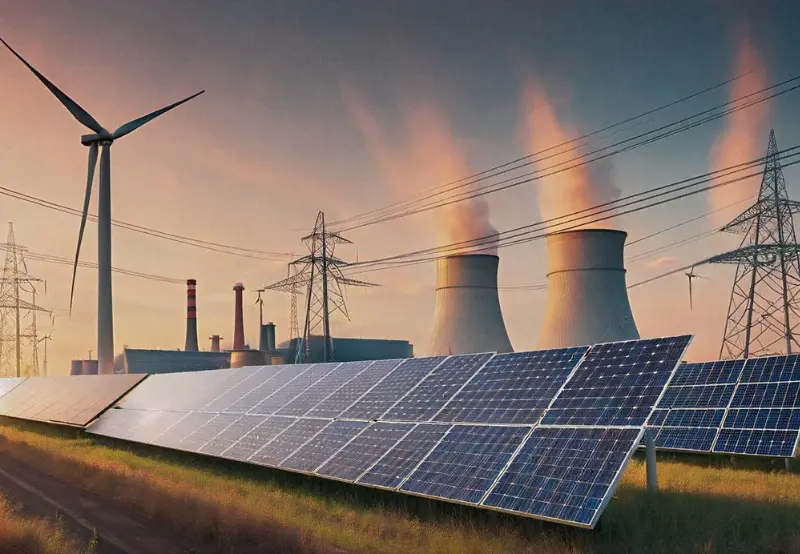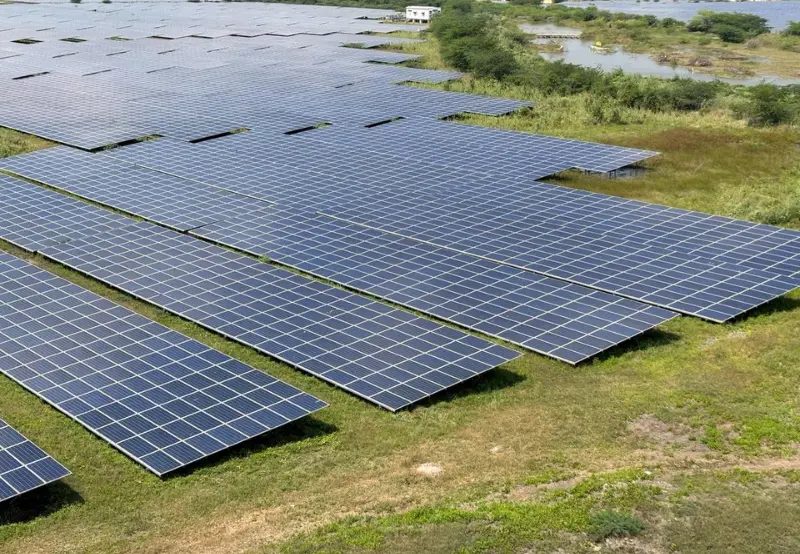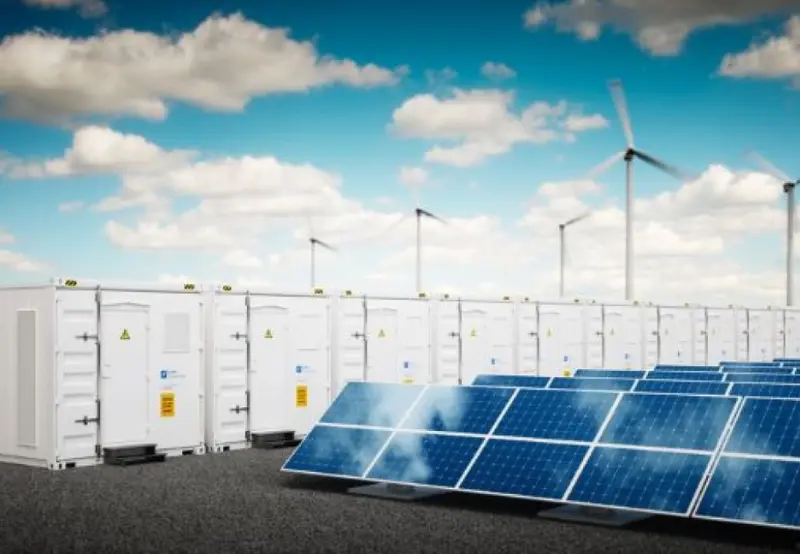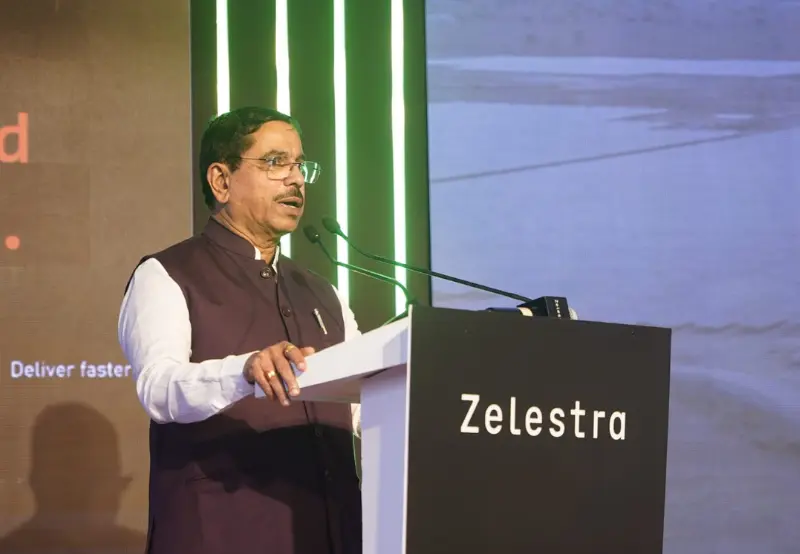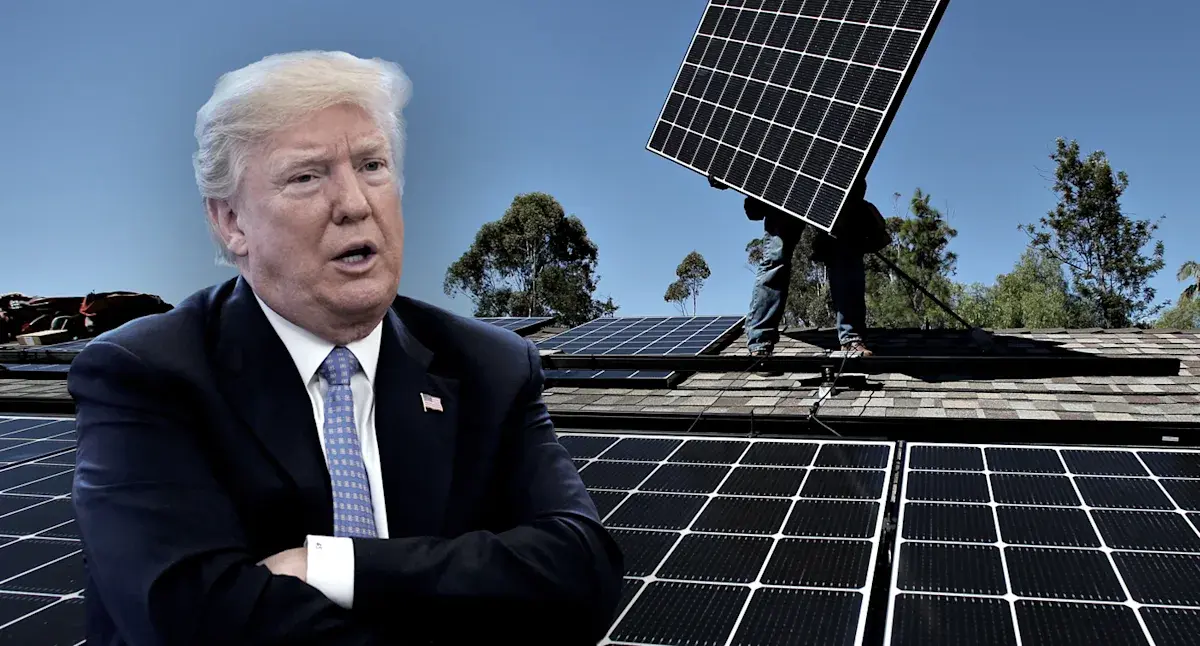Tata Power secures a 30 MW/120 MWh battery storage project in Kerala. Learn how this marks a turning point in India’s grid stability and renewable energy goals.
Table of Contents
- What is Battery Energy Storage and Why It Matters
- Tata Power Battery Storage Kerala Project Overview
- National Hydroelectric Power Corporation’s Role
- Why This Battery Storage Project is a Game Changer
- Kerala’s Energy Demand & Storage Needs
- India’s National Battery Storage Vision
- The Economics of Battery Storage
- Global Comparisons & India’s Competitive Edge
- Challenges and the Road Ahead
India’s transition to renewable energy has taken a significant leap with Tata Power Renewable Energy Limited (TPREL) winning a strategic 30 MW/120 MWh battery energy storage system (BESS) project in Kerala. This marks a pivotal moment for energy security in South India, as Kerala becomes a new hub for advanced grid solutions.
Awarded by the National Hydroelectric Power Corporation (NHPC), this Battery Energy Storage Purchase Agreement (BESPA) paves the way for robust grid stability, renewable integration, and uninterrupted energy delivery.
⚡ 2. What is Battery Energy Storage and Why It Matters
Battery Energy Storage Systems (BESS) are advanced technologies that store electricity generated from sources like solar and wind. These systems are crucial to:
- Stabilise grids during high demand
- Store excess renewable energy
- Prevent power outages
- Reduce dependence on fossil fuel backup
With declining battery prices, BESS is no longer an experimental luxury—it’s becoming essential for energy security and sustainability.
3. Tata Power Battery Storage Kerala Project Overview
Here’s a quick look at the core specs of the project:
- Developer: Tata Power Renewable Energy Ltd (a subsidiary of Tata Power)
- Awarded By: National Hydroelectric Power Corporation (NHPC)
- Location: Central Electricity Supply Utility Substation, Kerala
- Capacity: 30 MW power, 120 MWh energy
- Purpose: Provide peak shaving, load balancing, and renewable integration
This project will store enough energy to power over 25,000 homes during peak evening hours, according to industry estimates.
4. National Hydroelectric Power Corporation’s Role
NHPC, traditionally focused on hydropower, is now strategically diversifying its portfolio. Its entry into grid-scale energy storage signals strong public sector confidence in BESS as a national infrastructure priority.
By onboarding Tata Power—a trusted renewable leader—NHPC ensures quality execution and operational excellence.
5. Why This Battery Storage Project is a Game Changer
This isn’t just another infrastructure project. Here’s why it stands out:
- First large-scale BESS in Kerala
- Demonstrates how solar + storage can power evening and night-time loads
- Aligns with India’s National Electricity Plan (NEP) 2022–27, which targets 47.24 GW/236.24 GWh of BESS by 2032
- Encourages private sector investments in the southern grid infrastructure
6. Kerala’s Energy Demand & Storage Needs
Kerala heavily depends on electricity imports from neighbouring states, especially during summer. Frequent monsoons and limited solar land availability restrict power generation expansion. This is where BESS offers flexibility—by storing imported power during off-peak and releasing it during peak times.
This storage model also supports Kerala’s ambitious rooftop solar programmes and upcoming floating solar plants.
🇮🇳 7. India’s National Battery Storage Vision
India is on a clear mission to:
- Achieve 500 GW of non-fossil capacity by 2030
- Reduce carbon intensity by 45%
- Scale energy storage to meet round-the-clock renewable power
The Ministry of Power and MNRE have issued tenders for 4,000+ MWh of BESS across India. Kerala’s initiative with Tata Power is aligned with this nationally coordinated grid plan.
🔗 Suggested Read: India’s Renewable Infrastructure Transformation
8. The Economics of Battery Storage
A key driver of this boom is falling battery prices:
- In 2020: Lithium-ion battery packs cost $137/kWh
- In 2025: Forecast to drop to $55/kWh or lower
(Source: BloombergNEF, Rystad Energy)
This makes solar + storage cheaper than many fossil fuel-based power solutions. In recent tenders, blended tariffs (solar + BESS) are coming in at ₹3.5–4.5/kWh.
9. Global Comparisons & India’s Competitive Edge
While countries like the US, China, and Australia lead in grid-scale BESS, India is fast catching up—but at lower capital cost and higher climate impact.
India’s edge:
- Government-backed tenders with VGF
- Modular project deployment
- Strong EPC ecosystem (Tata, Adani, Renew, Greenko)
Tata Power’s project in Kerala is expected to become a regional benchmark for grid-scale storage in humid coastal environments.
10. Challenges and the Road Ahead
Despite the progress, a few hurdles remain:
- Regulatory clarity on storage incentives
- Need for battery recycling infrastructure
- Limited domestic manufacturing of BESS components
- Training for state DISCOMs on battery management
To solve these, policy bodies must integrate storage-specific PPAs, time-of-day tariffs, and support for local cell manufacturing under PLI schemes.
The Tata Power Battery Storage Kerala project is more than a milestone—it’s a signal of a resilient, flexible, and green grid future for India. Kerala is leading by example, showing that regional storage hubs can strengthen national climate goals.
This development showcases the vital role BESS will play in India’s energy independence, and why public-private partnerships like NHPC-Tata Power are critical to success.

